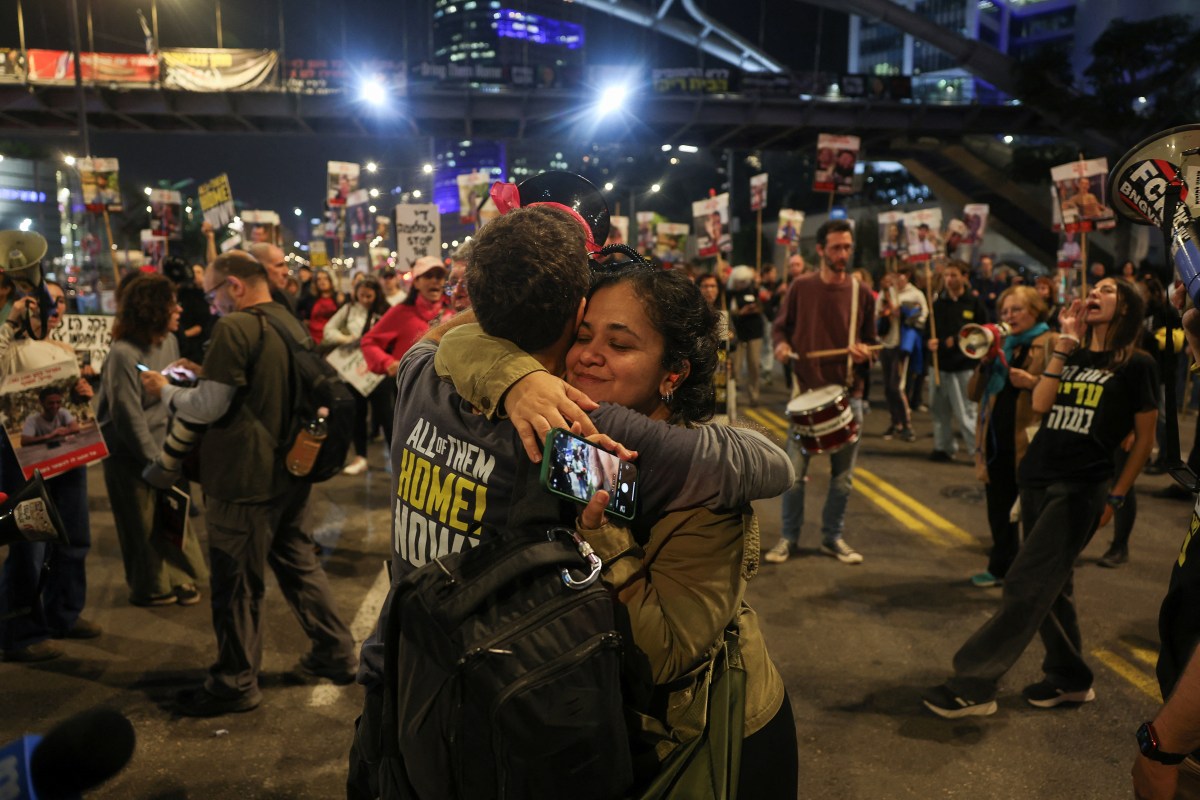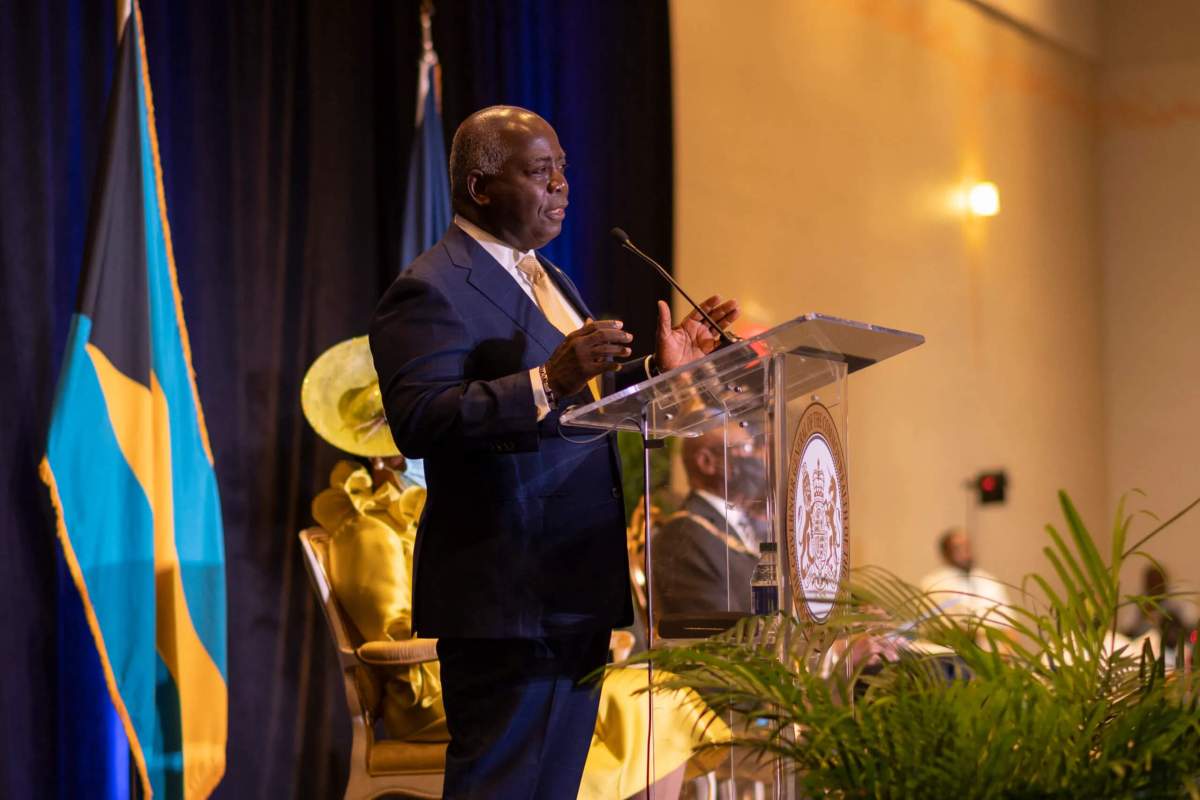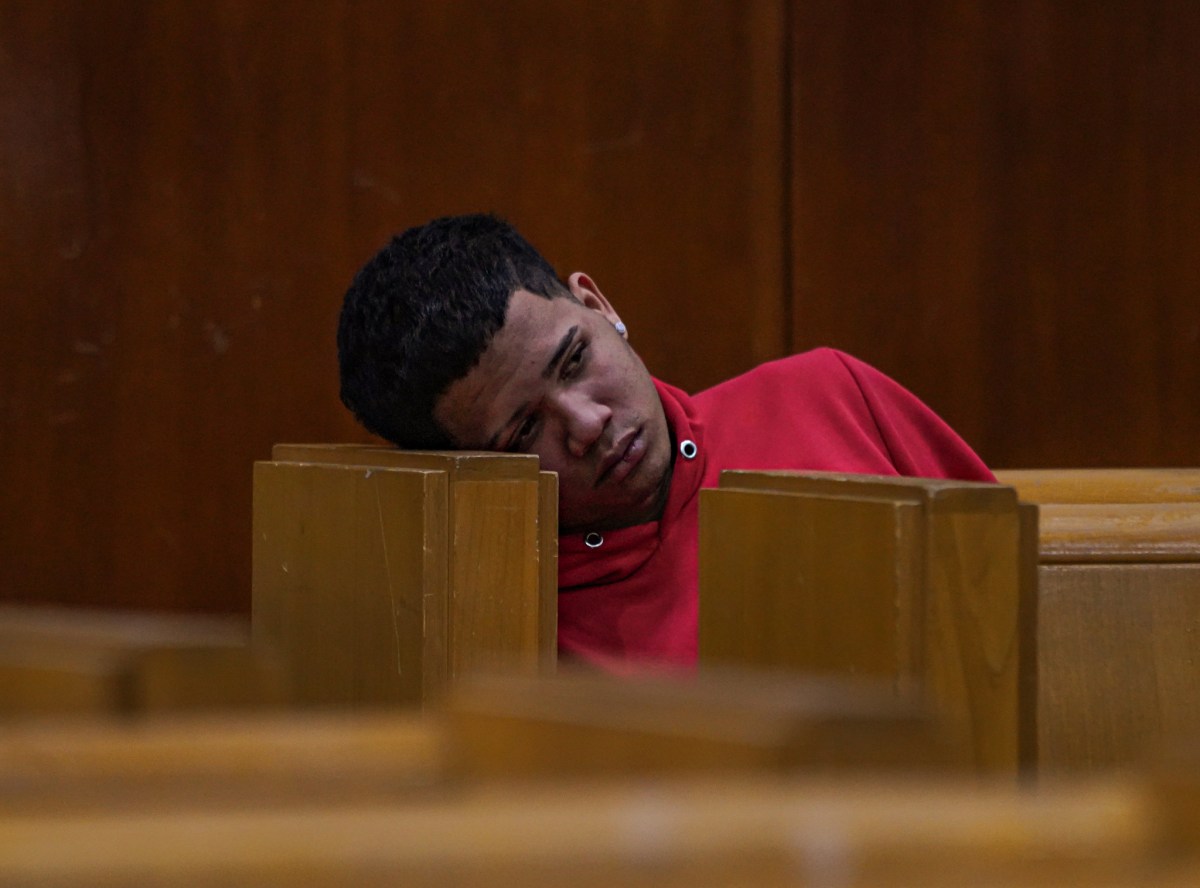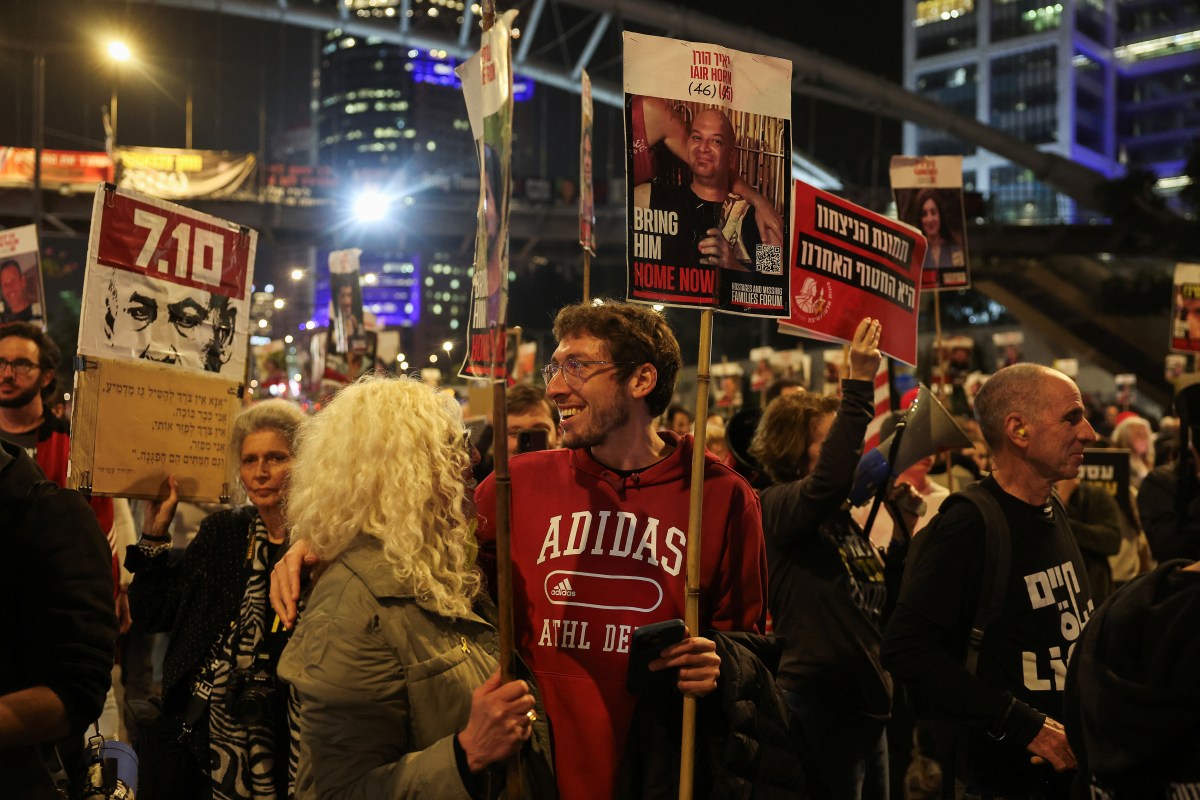(Reuters) – Here are some facts about Aung San Suu Kyi, the 75-year-old who rode to power after a 2015 landslide election win that established Myanmar’s first civilian government in half a century.
– The daughter of independence hero Aung San, who was assassinated when she was two years old, Suu Kyi spent much of her youth overseas. At Oxford University, she met British academic Michael Aris, who would become her husband. They had two sons and settled in Oxford.
– In 1988, Suu Kyi returned to Yangon, then the capital, to care for her dying mother. There, she was swept up in student-led protests against the military, which had ruled since a 1962 coup.
– An eloquent public speaker, Suu Kyi was a likely candidate to lead the movement but the protests were crushed, its leaders killed and jailed, and she was soon imprisoned in her lakeside family home, where she remained until 2010, despite brief releases from house arrest.
– Suu Kyi made a decision to remain in Myanmar to lead a campaign for democracy. Although the military made it clear she could leave, she feared she would not be allowed to return.
– She was awarded the Nobel Peace Prize in 1991, which her elder son Alexander collected on her behalf.
– In August 2011, Suu Kyi had her first meeting with then President Thein Sein, a former general and head of the quasi-civilian administration, marking the start of a pragmatic period of engagement with the government of former soldiers.
– In 2015, she came to power on a platform of ending civil war, drumming up foreign investment, and reducing the army’s role in politics. Suu Kyi also promised Western allies she would address the plight of the Rohingya Muslim people, forming an advisory commission headed by former U.N. Secretary-General Kofi Annan.
– A day after Annan’s report was released in August 2017, advising sweeping changes, Rohingya militants attacked security forces in Rakhine State. The military responded with a campaign that included the torching of hundreds of villages and killings, and was described by the U.N. human rights high commissioner as “a textbook example of ethnic cleansing”.
Suu Kyi blamed “terrorists” for an “iceberg of misinformation” about the crisis and said the military was exercising the “rule of law”. In a September 2017 address to the nation, she appeared baffled about the exodus, saying in reference to refugees: “We want to know why they are leaving”.
– She went to the Hague in 2019 to face charges of genocide brought against Myanmar at the International Court of Justice at The Hague. She acknowledged the possibility war crimes had been committed but framed the crackdown as a legitimate military operation against terrorists.
– In 2020, a survey by election watchdog the People’s Alliance for Credible Elections, found that 79% of people had trust in Suu Kyi – still beloved as “the Lady” – up from 70% the year before.
– After a November 2020 parliamentary election, official results show her ruling party, the National League of Democracy (NLD), had won enough parliamentary seats to form the next administration. The NLD said it would seek to form a government of national unity.
– After weeks of disputes about the election results involving the military, in the early hours of Feb. 1, Suu Kyi, President Win Myint and other senior figures from the ruling party were detained in an early morning raid.
(Compiled by Karishma Singh; Editing by Lincoln Feast.)























